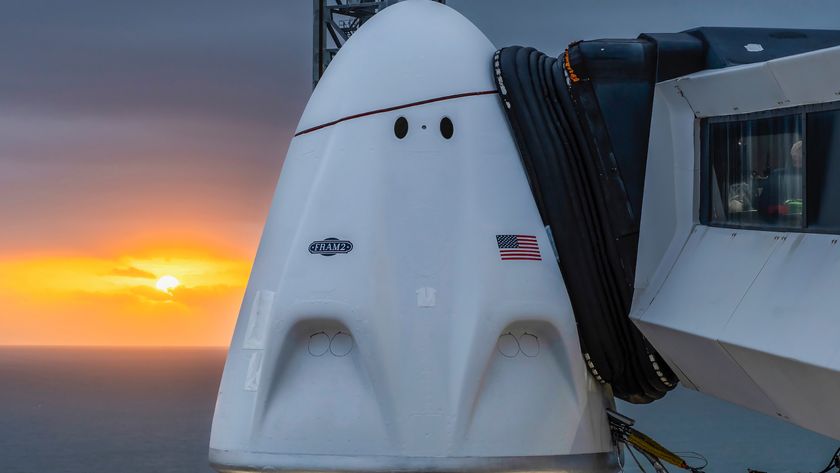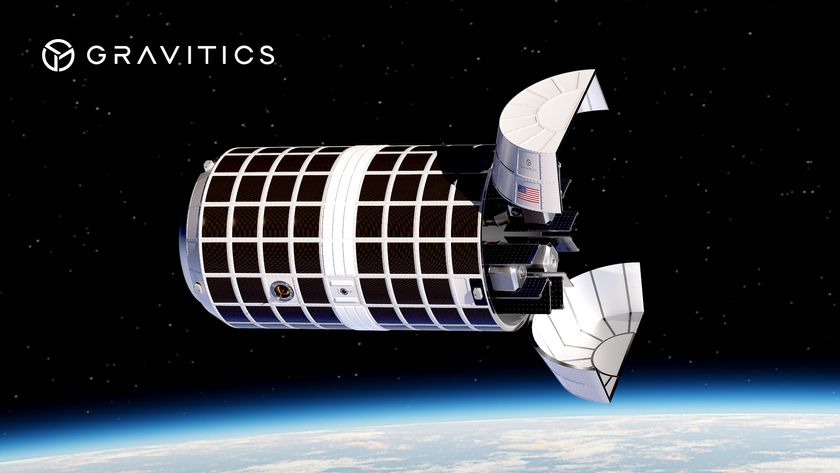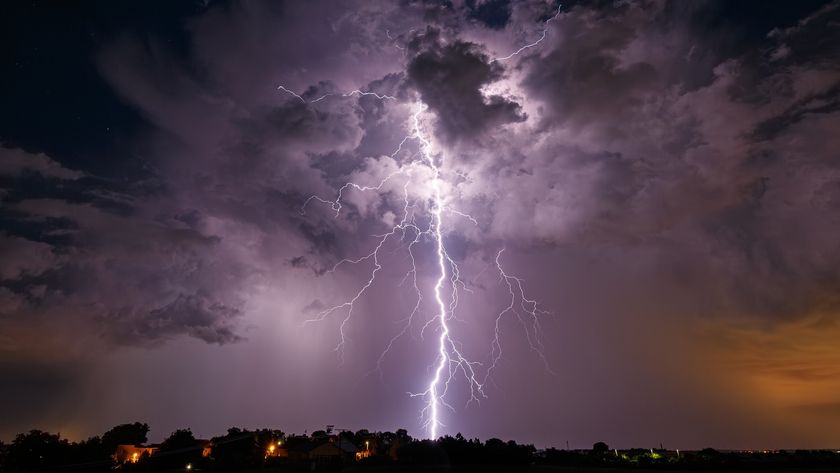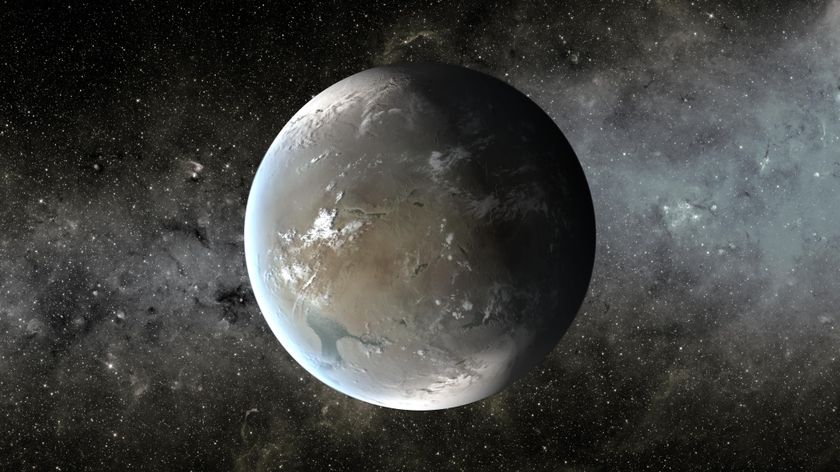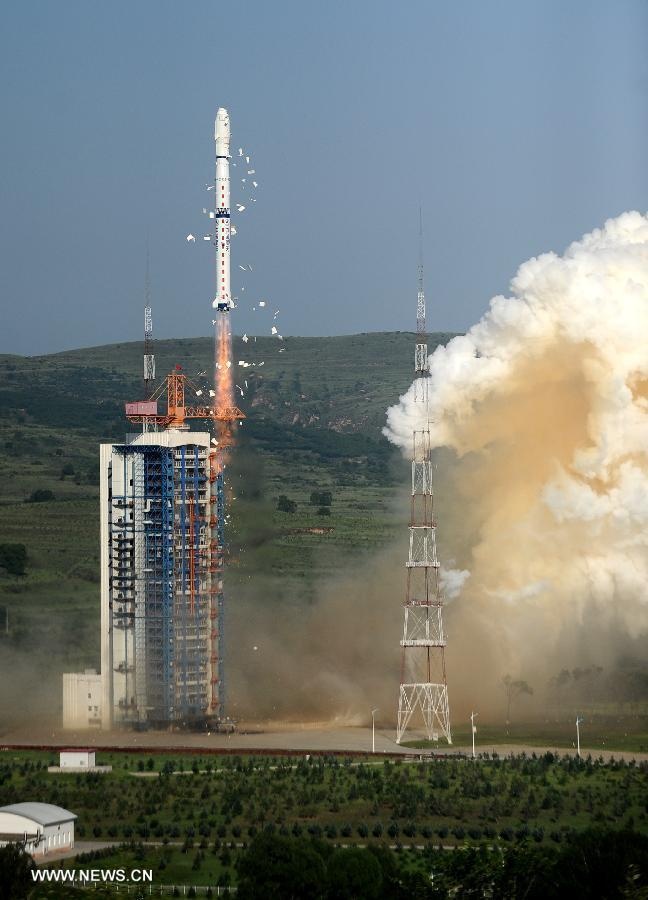
As the private spaceflight firm SpaceX works to bring more commercial rocket launches back to the United States, it anticipates some stiff competition from the burgeoning Chinese space program.
The U.S. dominated the commercial launch market in the first half of the 1980s but lost most of that ground to Europe and Russia over the last two decades. China remains a minor player in this arena now, but that won't be the case for long, said SpaceX vice president for government affairs Adam Harris.
"We really feel at SpaceX that the competition is going to be the Chinese space program," Harris said last month during a panel discussion at the American Institute of Aeronautics and Astronautics' Space 2013 conference in San Diego. [Photos: China's First Space Station]
There are typically between 20 and 25 commercial space launches available every year, Harris said. The United States performed virtually all of them in the early 1980s but then ceded a great deal of market share, first to Europe with its Ariane 4 and Ariane 5 vehicles, and then to Russia and its workhorse Proton rocket.
The drop has been precipitous, with the U.S. responsible for just two of the 38 commercial space launches that took place in 2011 and 2012, according to the U.S. Bureau of Transportation Statistics.
California-based SpaceX, which was founded in 2002 by billionaire entrepreneur Elon Musk, is trying to reverse that trend. The company — which is already flying cargo to the International Space Station for NASA and hopes to start ferrying astronauts as well several years from now — currently has more than 50 missions worth nearly $5 billion on its launch manifest, Harris said, adding that the U.S. government accounts for just 32 percent of that manifest.
The biggest threat to SpaceX's continued success in signing up customers over the long haul is likely not the Ariane 5 or the Proton, Harris said, but Chinese vehicles such as the Long March rocket family.
Get the Space.com Newsletter
Breaking space news, the latest updates on rocket launches, skywatching events and more!
"The Chinese government is certainly committed to furthering their program," he said. "They've announced moon missions, they've announced further activities, and they are doing it within their country."
China's space plans are indeed ambitious. For example, Chinese officials have said they want to return lunar samples to Earth with a robotic spacecraft by 2016 or so. They also hope to have a manned, 60-ton space station up and running by 2020, and to put a "taikonaut" on the moon shortly thereafter.
The nation has been making serious progress toward such goals, launching manned missions to dock with the prototype orbiting module Tiangong 1 in both 2012 and 2013.
The United States needs to step up its game if it hopes to remain the world leader in spaceflight and exploration, Harris said.
"It takes a government commitment" despite budget difficulties and uncertainties, he said. "We've got to make sure that we stay ahead."
Follow Mike Wall on Twitter @michaeldwall and Google+. Follow us @Spacedotcom, Facebook or Google+. Originally published on SPACE.com.
Join our Space Forums to keep talking space on the latest missions, night sky and more! And if you have a news tip, correction or comment, let us know at: community@space.com.

Michael Wall is a Senior Space Writer with Space.com and joined the team in 2010. He primarily covers exoplanets, spaceflight and military space, but has been known to dabble in the space art beat. His book about the search for alien life, "Out There," was published on Nov. 13, 2018. Before becoming a science writer, Michael worked as a herpetologist and wildlife biologist. He has a Ph.D. in evolutionary biology from the University of Sydney, Australia, a bachelor's degree from the University of Arizona, and a graduate certificate in science writing from the University of California, Santa Cruz. To find out what his latest project is, you can follow Michael on Twitter.

